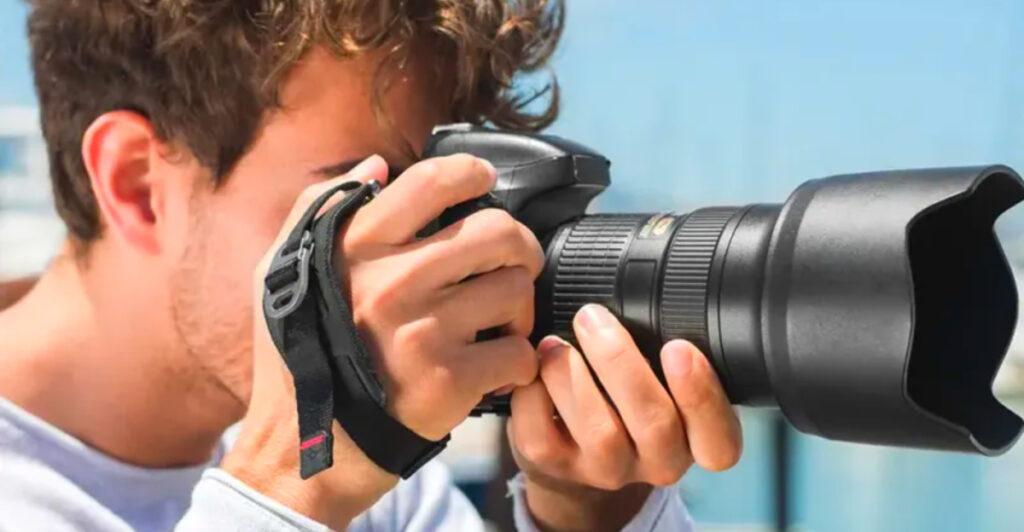Buying a new camera can feel exciting and overwhelming at the same time. With so many brands, models, and features to choose from, it’s easy to make costly mistakes that leave you frustrated or stuck with gear you don’t really need. Whether you’re a beginner or upgrading your kit, knowing what pitfalls to avoid will help you make a smarter, more confident purchase.
1. Ignoring Your Real Photography Needs
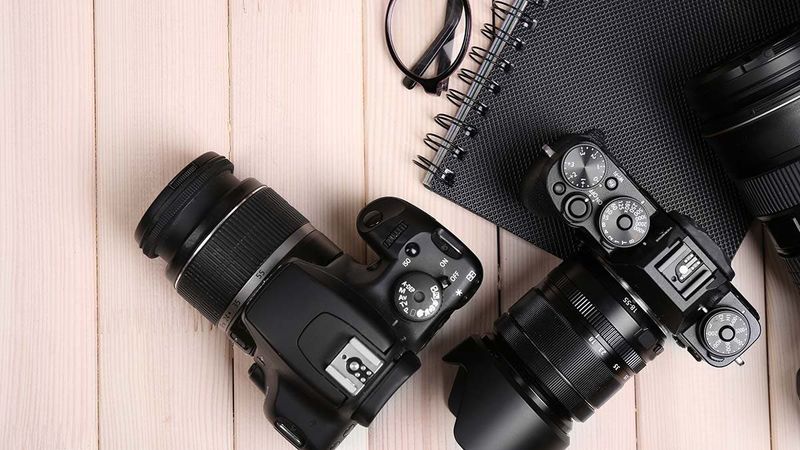
One of the biggest mistakes buyers make is purchasing a camera based on hype rather than their actual shooting style. A wildlife photographer needs fast autofocus and long zoom, while a travel vlogger might prefer lightweight mirrorless models with great stabilization.
Before you get dazzled by flashy advertisements or influencer recommendations, take a moment to think about what you’ll actually be photographing. Are you shooting fast-moving sports or calm portrait sessions?
Define your main use case—travel, portraits, sports, video—before comparing cameras. Matching the tool to your true needs will save you money and frustration down the road.
2. Overpaying for Features You’ll Never Use
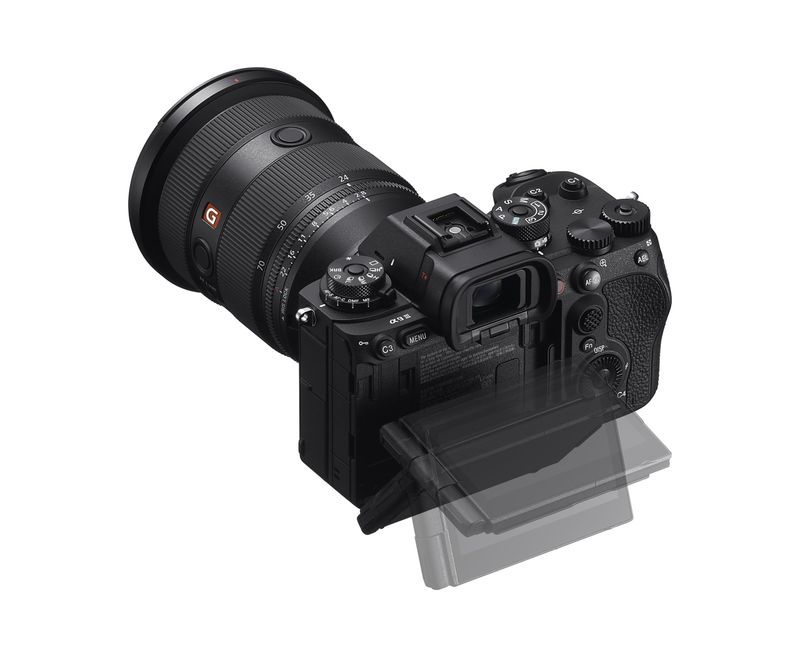
Manufacturers love to advertise advanced specs—8K video, 20+ fps burst shooting, or massive megapixel counts. But if you’re only shooting family photos or casual content, you might never use those features.
It’s tempting to think more features equal a better camera, but that’s not always true. You could end up paying hundreds of extra dollars for capabilities that sit unused.
Pay for features that directly improve your experience, not bragging rights. Focus on what matters most to your photography style, and skip the bells and whistles that won’t make a difference in your final images.
3. Underestimating the Importance of Lenses
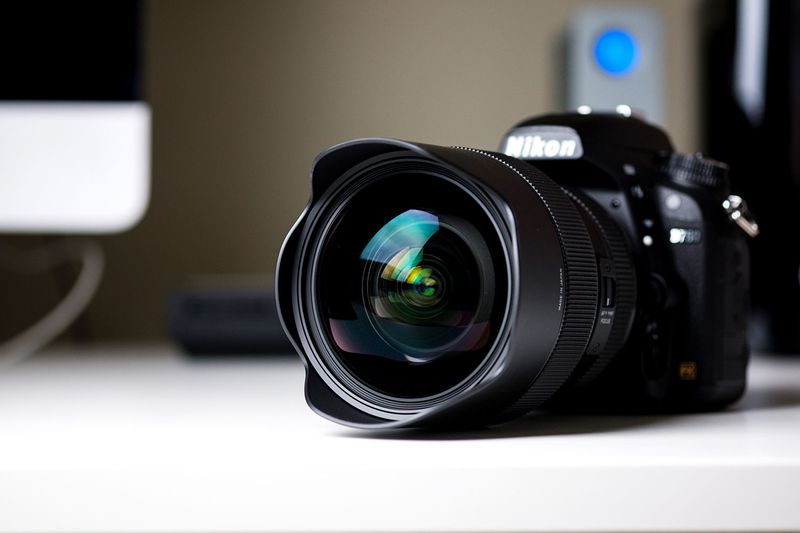
A camera body is only part of the equation. The lens affects image quality more than most camera upgrades, yet many beginners spend all their budget on a fancy body and get stuck with the kit lens.
While a great camera body helps, it’s the glass in front of the sensor that captures the magic. A sharp, fast lens can transform even a mid-range camera into a powerhouse.
Invest in good glass—it will outlast your camera body and give you sharper, more dynamic results. Lenses hold their value better too, so think of them as long-term investments in your craft.
4. Forgetting About Ergonomics and Handling
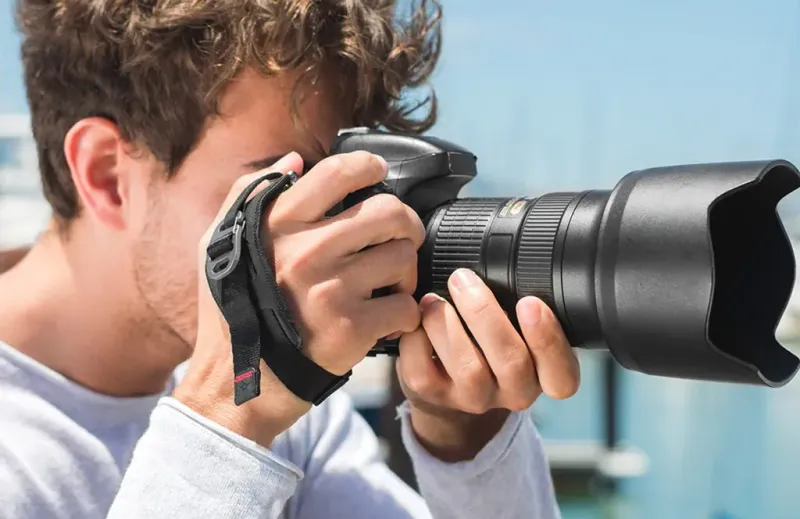
A camera can look great on paper but feel terrible in your hands. Button layout, grip comfort, and viewfinder placement all affect usability—especially for long shoots where every ounce and angle matters.
You might not realize how important comfort is until you’ve spent three hours shooting a wedding or hiking with your gear. A poorly designed grip can cause hand fatigue and slow you down.
Try holding the camera in person before buying. Comfort matters more than you think, and what works for someone else might not work for you. Visit a store and test different models.
5. Skipping Research on Battery Life
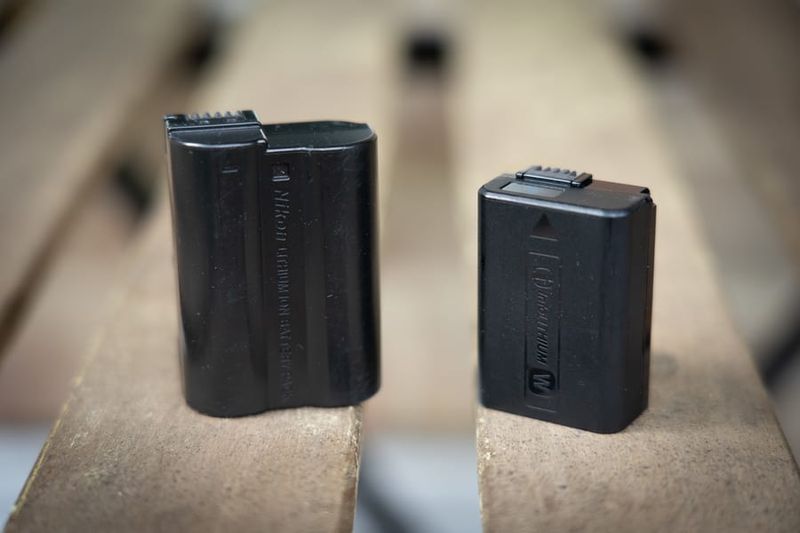
Battery performance varies widely across brands and models. Mirrorless cameras, in particular, can drain batteries faster than DSLRs because of their electronic viewfinders and constant sensor activity.
Imagine being in the middle of an important shoot and watching your battery icon flash red. It’s frustrating and can cost you once-in-a-lifetime shots if you’re unprepared.
Check real-world battery tests and always budget for at least one spare battery. Don’t just trust manufacturer claims—look for reviews from actual users who shoot in conditions similar to yours. Being prepared keeps you shooting longer.
6. Not Considering Memory Card and File Sizes
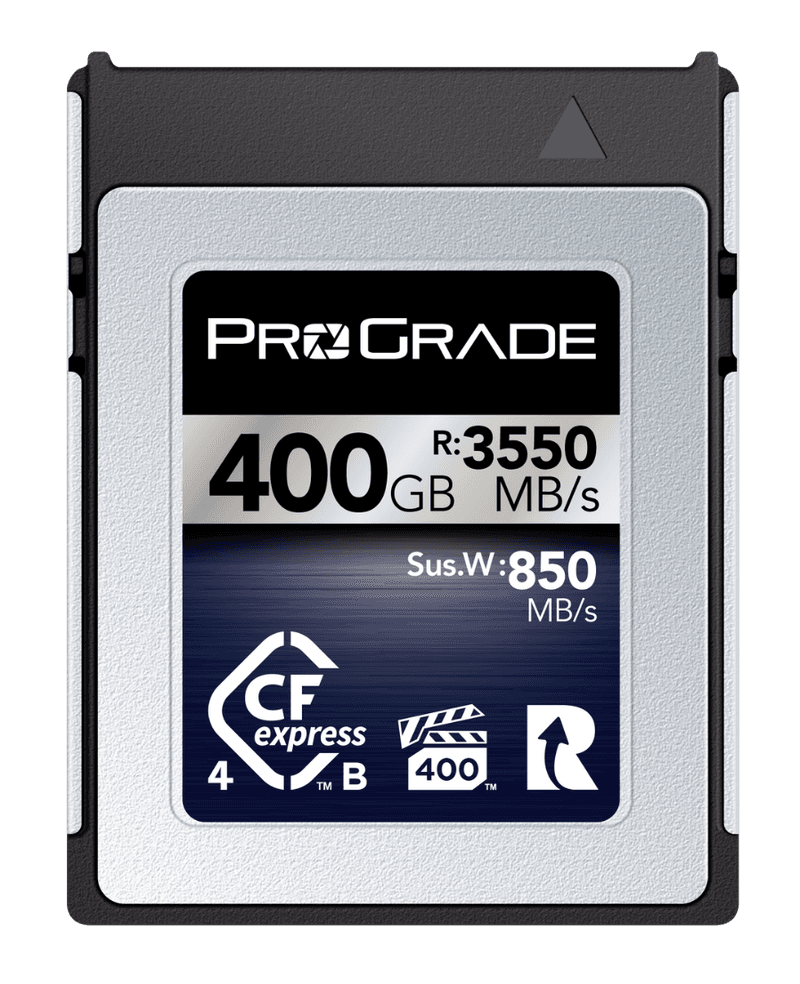
Higher-resolution cameras mean bigger files—and not all SD cards are created equal. Slow cards can bottleneck your camera’s performance, especially when shooting bursts or 4K/8K video, causing lag and missed moments.
You might have the fastest camera on the market, but if your memory card can’t keep up, you’ll experience buffer delays and sluggish write speeds. Plus, massive files require serious storage space on your computer.
Choose high-speed cards (UHS-II or CFexpress) and ensure your computer has enough storage. Investing in the right cards protects your workflow and prevents frustrating slowdowns during critical shoots.
7. Ignoring Weather Sealing and Durability
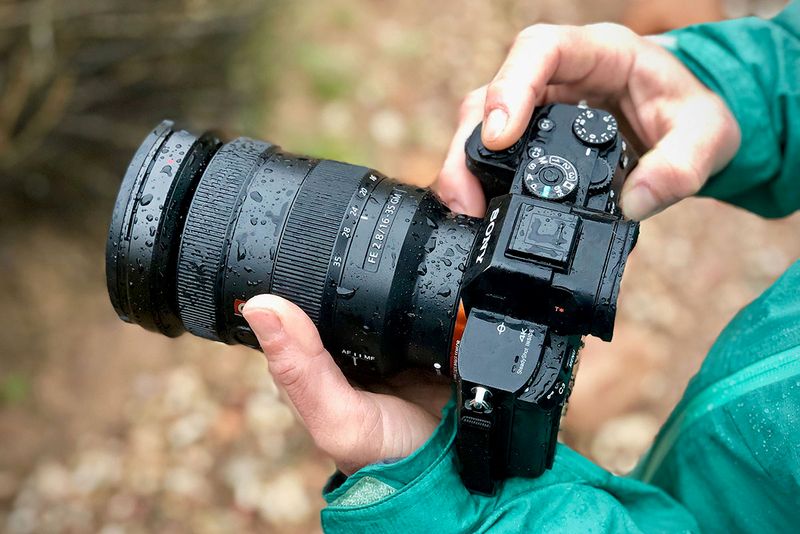
If you plan to shoot outdoors, a camera without proper sealing can fail in rain, dust, or cold conditions. Many entry-level models lack rugged protection, leaving your investment vulnerable to the elements.
Weather doesn’t always cooperate with your shooting schedule. A sudden rainstorm or dusty desert environment can ruin an unprotected camera, costing you hundreds or thousands in repairs.
Look for weather-sealed bodies if you travel or shoot in unpredictable environments. It’s not just about surviving extreme conditions—it’s about having peace of mind knowing your gear can handle whatever nature throws at you.
8. Neglecting to Budget for Accessories
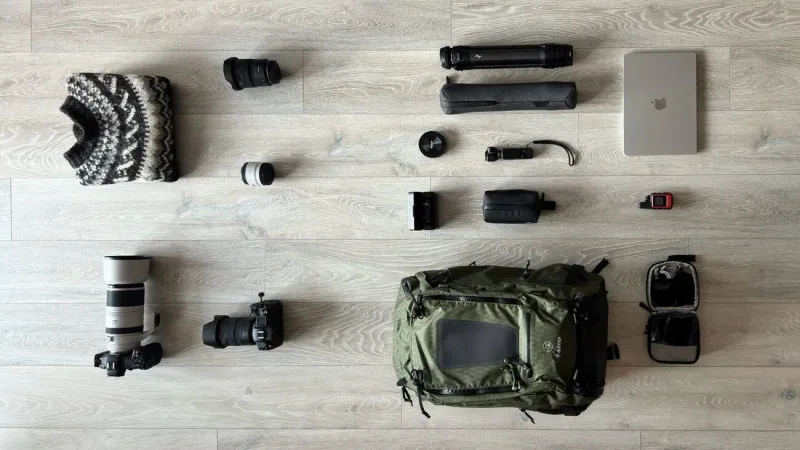
Accessories like tripods, filters, camera bags, and cleaning kits quickly add up. Many buyers spend their full budget on the camera and skip these essentials, only to realize they can’t actually use their new gear effectively.
Without a good bag, your camera is at risk. Without a tripod, low-light and long-exposure shots become nearly impossible. These aren’t luxury items—they’re necessities that complete your kit.
Allocate at least 10–20% of your total budget for accessories. Planning ahead ensures you have everything you need from day one, rather than scrambling to buy extras later at full price.
9. Falling for Outdated or Overhyped Reviews
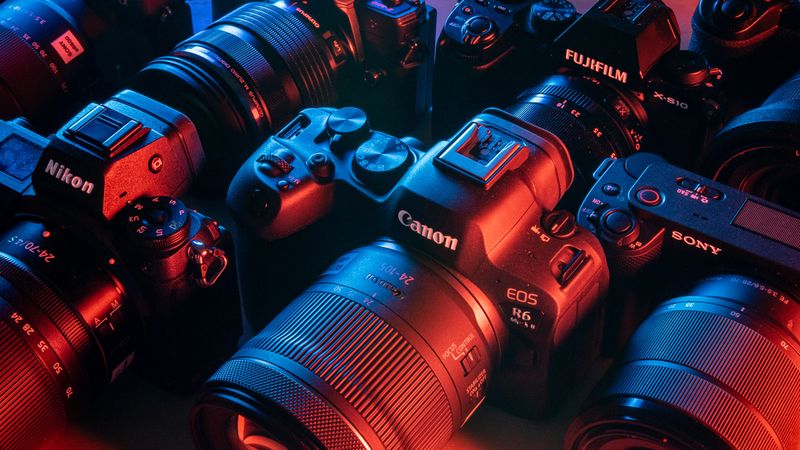
Camera reviews can age quickly. A best-of list from 2022 might not reflect newer models with better performance or value, leaving you with outdated recommendations that no longer make sense.
Technology moves fast in the camera world. What was groundbreaking two years ago might now be outperformed by budget models. Relying on old reviews can lead you to overpay for yesterday’s tech.
Always check updated reviews and comparison tests from reputable sites like DPReview, Camera Labs, or Imaging Resource. Fresh perspectives help you understand current market value and make informed decisions based on today’s options, not yesterday’s hype.
10. Forgetting About Future Upgrade Paths
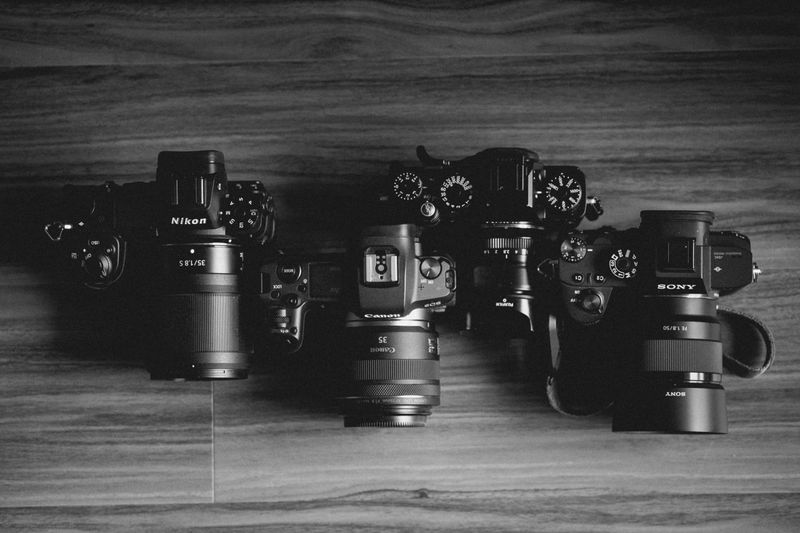
Some camera systems have limited lens options or expensive upgrades. Switching brands later can be costly because lenses aren’t cross-compatible, forcing you to sell everything and start over.
When you buy into a camera system, you’re not just buying a body—you’re joining an ecosystem. If that ecosystem is small or dying, you’ll face fewer choices and higher prices down the road.
Choose a brand with a strong ecosystem—like Canon RF, Sony E, or Nikon Z—to ensure flexibility down the road. A healthy lens lineup and active development mean your investment stays relevant and adaptable as your skills grow.

